Key points
- Excessive drinking includes binge drinking, heavy drinking, underage drinking, and drinking during pregnancy.
- Excessive drinking on an occasion or over time increases your risk of illness, injury, and chronic disease.
- It can also lead to social, emotional, and mental health challenges.
- Drinking less alcohol can prevent these harms and lead to a better quality of life—for yourself and others.
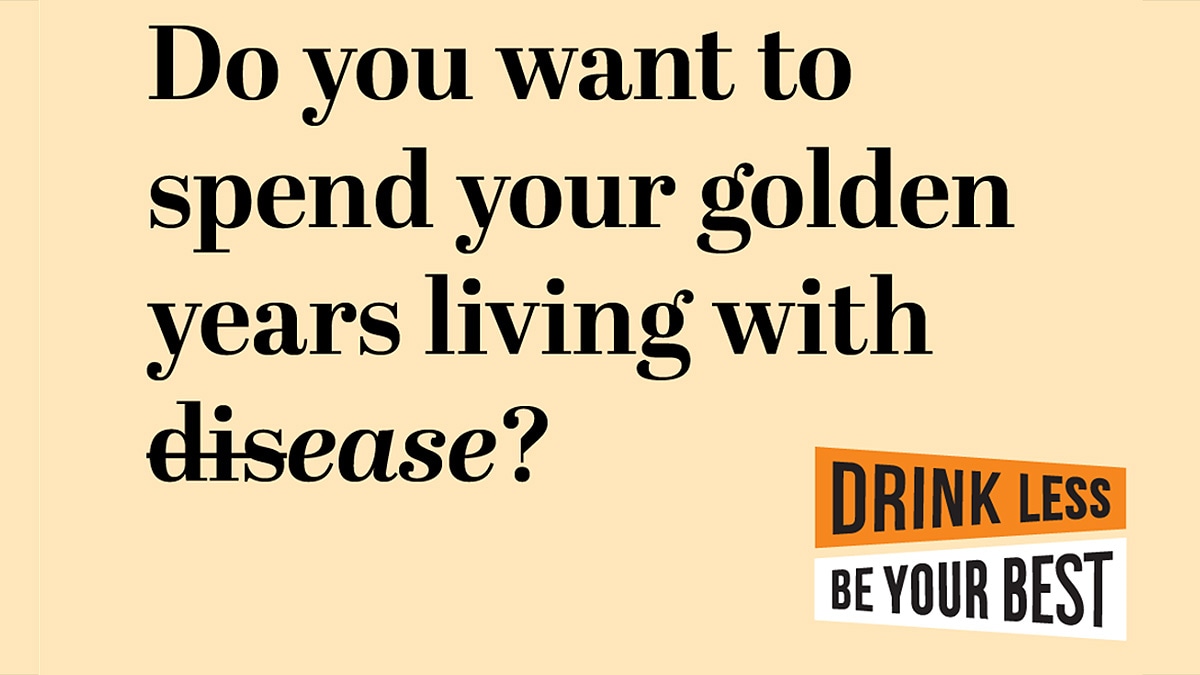
Understanding excessive drinking
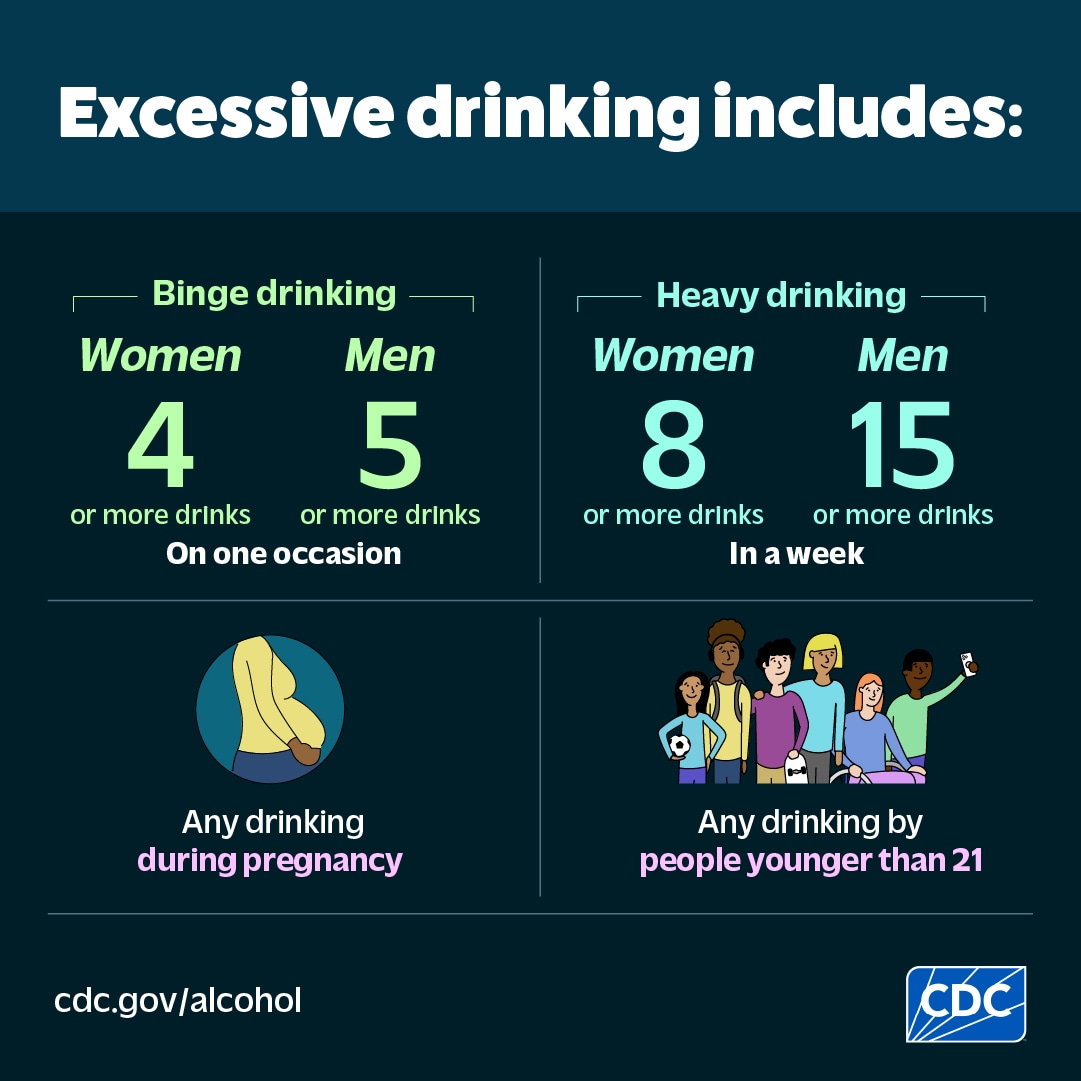
Excessive drinking can have short-term and long-term health effects. It includes:
- Binge drinking—Four or more drinks for women, or five or more drinks for men during an occasion.
- Heavy drinking—Eight or more drinks for women, or 15 or more drinks for men during a week.
- Underage drinking—any alcohol use by people younger than 21.
- Drinking while pregnant—any alcohol use during pregnancy.
Check Your Drinking. Make a Plan to Drink Less.
Putting it in context: standard alcohol drink sizes
Knowing what counts as one standard drink can help you figure out how much alcohol you drink and whether it would be considered excessive.
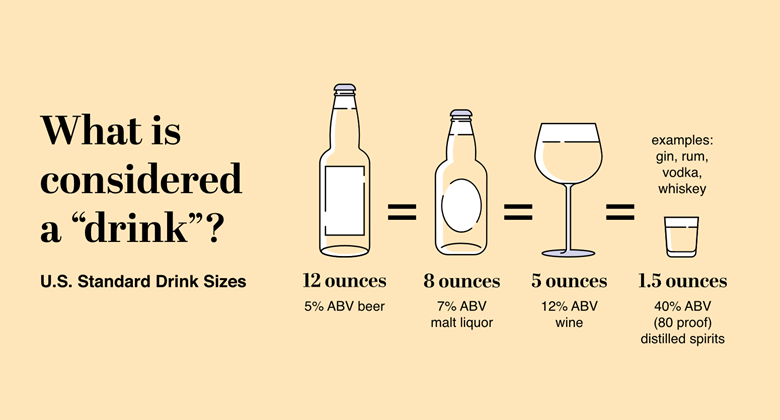
Harmful effects of short-term alcohol use
Drinking excessively on an occasion, including binge drinking, can lead to:
- Injuries—motor vehicle crashes, falls, drownings, and burns.
- Violence—homicide, suicide, sexual violence, and intimate partner violence.
- Alcohol poisoning—high blood alcohol levels that affect body functions like breathing and heart rate.
- Overdose—from alcohol use with other drugs, like opioids.
- Sexually transmitted infections or unplanned pregnancy—alcohol use can lead to sex without protection, which can cause these conditions.
- Miscarriage, stillbirth, or fetal alcohol spectrum disorder (FASD)—from alcohol use during pregnancy.
These effects can also impact the safety and well-being of people around you.
Harmful effects of long-term alcohol use
Over time, drinking alcohol can lead to chronic diseases and other serious health problems, including:
- Cancer.
- Heart and liver disease, and stroke.
- Alcohol use disorder—which affects both physical and mental health.
- A weaker immune system—which increases your chances of getting sick.
It can also impact your well-being and lead to social, emotional, and mental health challenges like:
- Mental health conditions, including depression and anxiety.
- Memory problems, including dementia.
- Learning problems and issues at school or work.
- Relationship problems with family and friends.
The cost of excessive drinking impacts everyone
The cost of excessive alcohol use impacts everyone, whether they drink or not.
- It can negatively harm the people around you, such as from relationship strain, added emotional stressors, and financial challenges.
- It can lead to loved ones dying sooner, causing pain and grief.
Deaths from excessive alcohol use
Families and friends can pay a high price.
Excessive drinking:
- Leads to about 178,000 deaths in the United States each year.
- These deaths occur from drinking excessively over several years or on an occasion.
- These deaths occur from drinking excessively over several years or on an occasion.
- Shortened the lives of those who died by an average of 24 years.
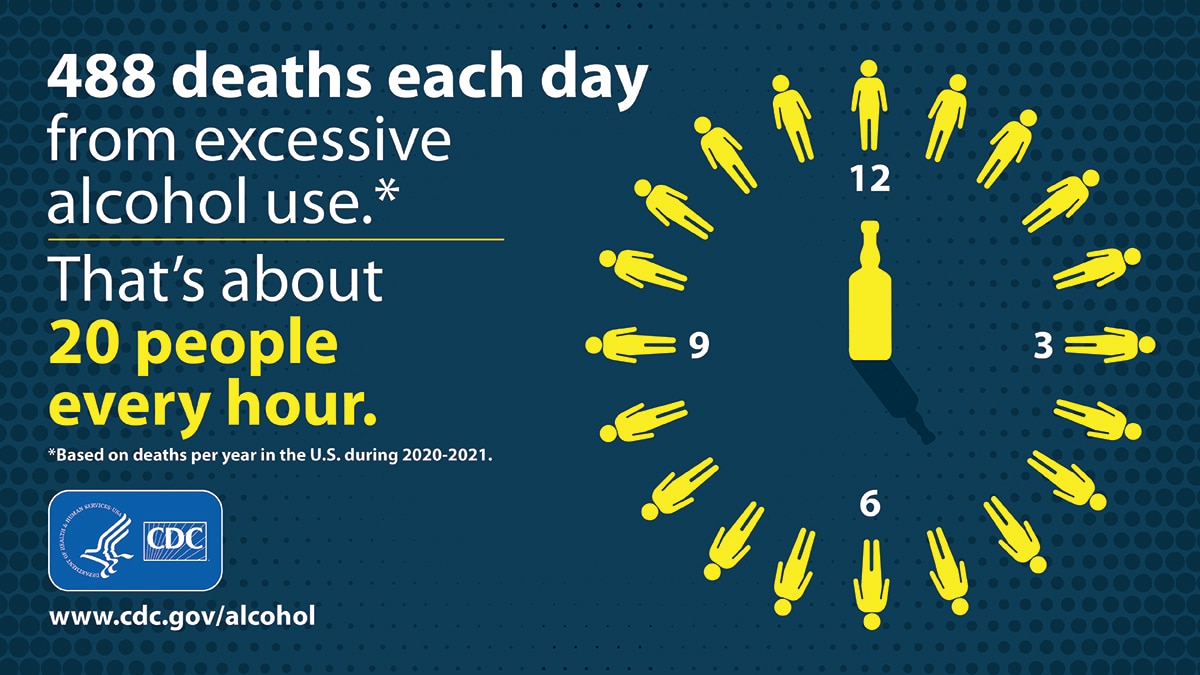
Financial costs
- Excessive alcohol use cost the United States $249 billion in 2010 (the most recent data available).
- This includes the cost of paying for lost labor and lower worker performance, property damage, crashes, and health care services for injuries.
Keep in mind
Resources
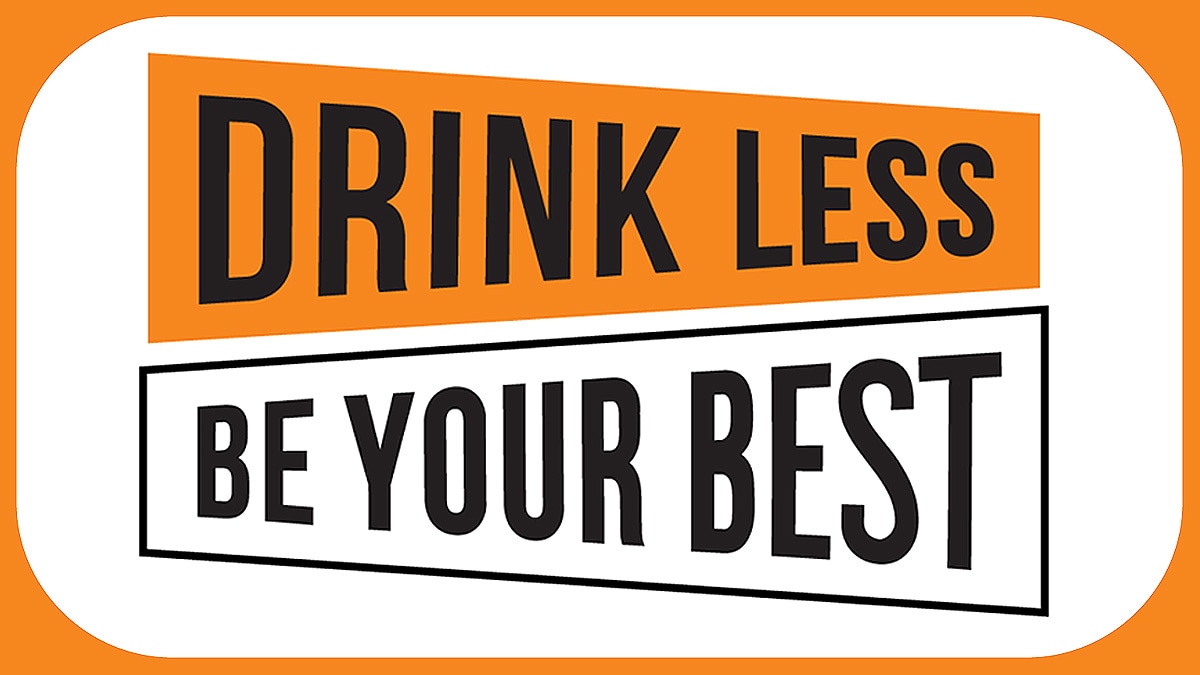
If you have concerns about your drinking, talk with your health care provider. You can also use the Substance Abuse and Mental Health Services Administration's National Helpline or call 1-800-662-HELP (4357) to find help near you.
